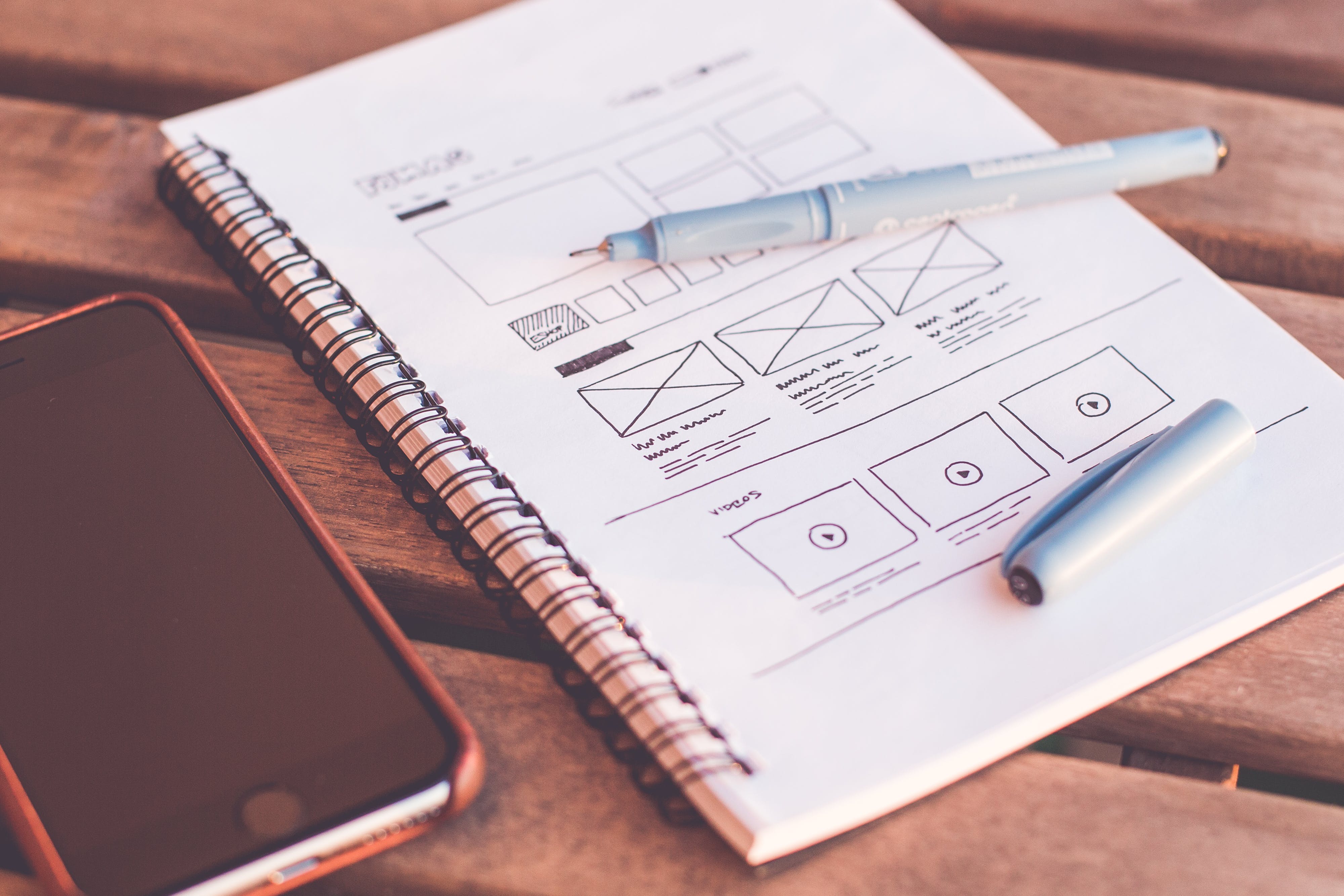Explore the transformative power of design systems with a closer look at the 5 key advantages that have the power to enhance efficiency and ensure consistency in your projects.
1. Streamlining Design and Development Processes
Implementing a design system allows for the streamlining of design and development processes. By establishing a set of reusable components, styles, and guidelines, designers and developers can work more efficiently and reduce the time spent on repetitive tasks.
Designers can easily create consistent designs by utilizing pre-defined components, while developers can quickly implement them without starting from scratch. This streamlining of processes leads to increased productivity and faster project delivery.

2. Ensuring Consistency Across Projects
One of the key advantages of a design system is its ability to ensure consistency across projects. By providing a centralized library of design elements, such as colours, typography, and UI components, a design system helps maintain a unified visual language. Designers can refer to this library to ensure all projects adhere to the same design principles and guidelines.
This consistency creates a sense of familiarity for users as they encounter familiar elements and interactions across different projects. A design system ensures this coherence is maintained, resulting in a seamless and cohesive user experience.
3. Fostering Collaboration and Communication

A design system fosters collaboration and communication among design and development teams. By providing a shared vocabulary and visual language, it becomes easier for team members to communicate their ideas and intentions. Designers can easily share design assets and specifications with developers, ensuring the intended design is accurately implemented. On the other hand, developers can provide feedback and suggestions to improve the usability and feasibility of the designs.
Furthermore, a design system encourages cross-team collaboration. Designers and developers can work together on defining and refining the design system, ensuring that it meets the needs of both disciplines. This collaboration leads to a deeper understanding of each other's roles and challenges, resulting in more effective teamwork and better outcomes.
4. Improving Efficiency and Productivity
A design system can significantly improve efficiency and productivity within a design and development workflow. Designers can focus on solving unique design challenges rather than spending time on repetitive tasks. Similarly, developers can work more efficiently, without the need for custom coding.

Moreover, a design system promotes reusability. Once a component or style is defined in the design system, it can be easily reused across different projects. This not only saves time but also reduces the likelihood of errors. Designers and developers don't need to reinvent the wheel for each project.
5. Enhancing User Experience and Brand Perception
A well-implemented design system can significantly enhance the user experience and brand perception. Consistency in design and interaction patterns across different projects creates a sense of familiarity for users, making navigating and interacting with the interface easier. Users can quickly learn and understand how to use new products or features, as they are already familiar with the design language.
In addition, a design system helps strengthen the brand perception. Users recognize the brand's unique style and attributes, which builds trust and loyalty. A well-designed and consistent user experience also reflects positively on the brand, conveying a sense of professionalism, reliability, and attention to detail.
Conclusion
By implementing a design system, businesses can not only optimize their design and development workflow but also strengthen their brand identity and perception.
Embrace the advantages of a design system to unlock a more efficient, consistent, and user-friendly approach to your projects!
Are you curious about how teams use a design system in their day-to-day? Watch our special episode on our YouTube channel.
Resources:
The Power of Design Systems: A Guide to Streamline Your Design Process https://bootcamp.uxdesign.cc/the-power-of-design-systems-a-guide-to-streamline-your-design-process-d013f88b67e7
The Power of Design Systems: Creating Consistent and User-Friendly Experiences https://bootcamp.uxdesign.cc/the-power-of-design-systems-creating-consistent-and-user-friendly-experiences-66ed0f332c06
The importance of clear and consistent branding in Content Design (and how to achieve it) https://www.uxdesigninstitute.com/blog/branding-in-content-design/#:~:text=Brand%20consistency%20is%20all%20about,trust%20with%20your%20user%20base.
Design System Culture https://sparkbox.com/foundry/compatability_of_organizational_culture_and_design_system_team_subculture_important_to_succes_of_a_design_system
9 benefits of having a design system: How to implement a design system https://disbug.io/en/blog/design-system
You'd like to receive our latest articles directly in your inbox? Subscribe here!
.png?width=575&name=HS-blog-post-01%20(1).png)
COMMENTS